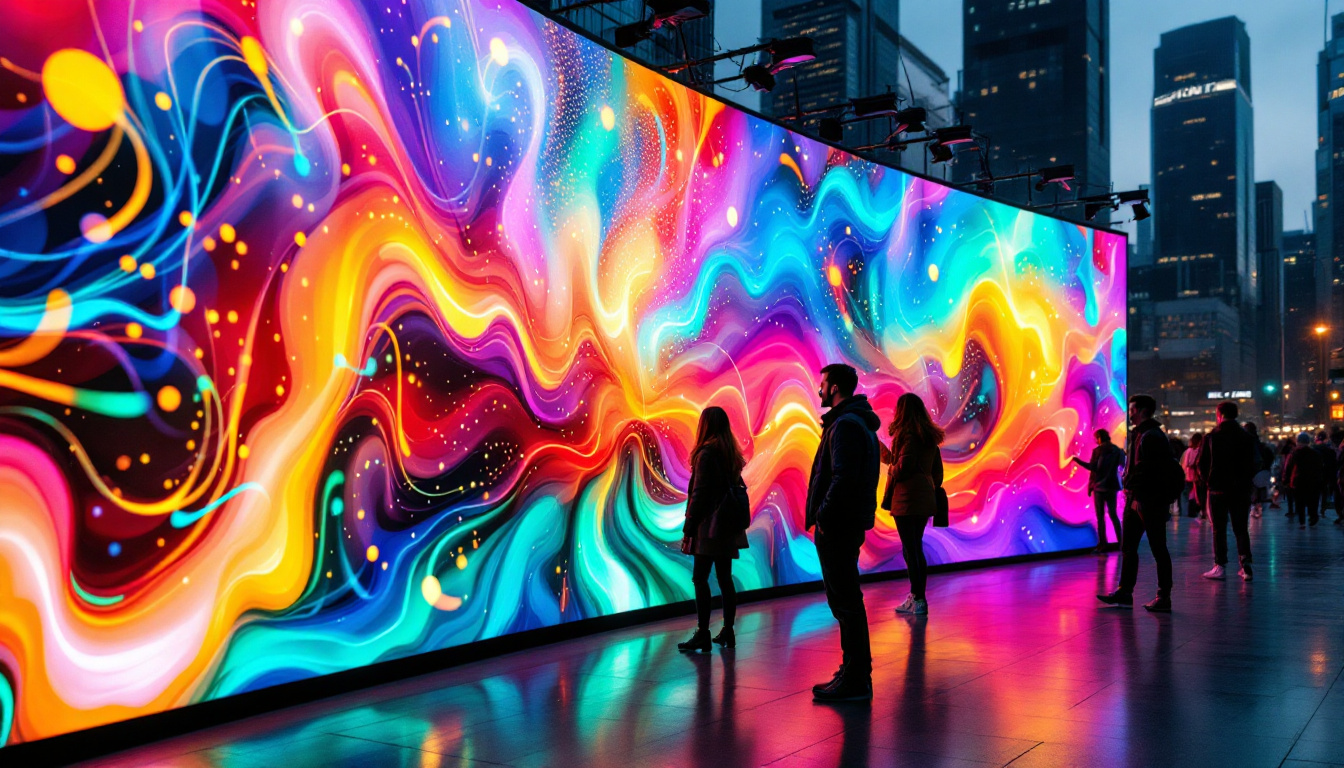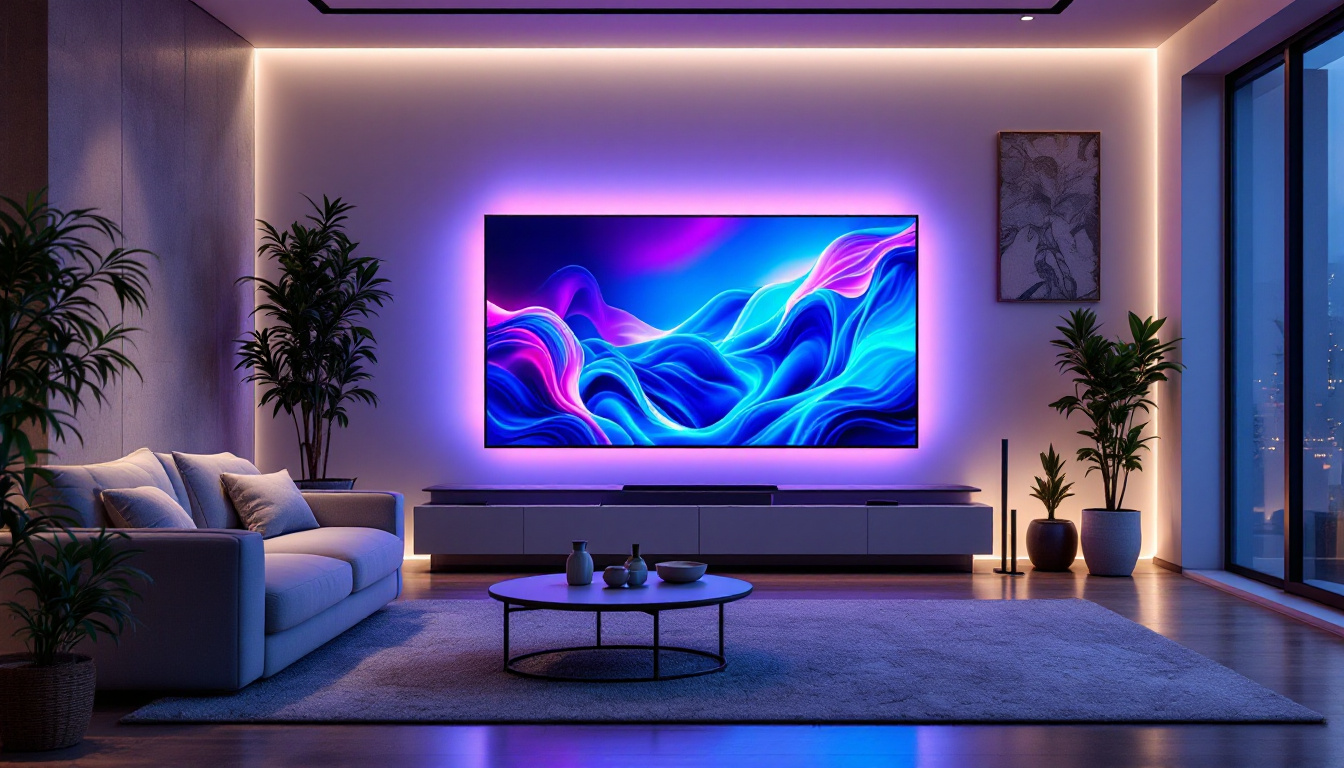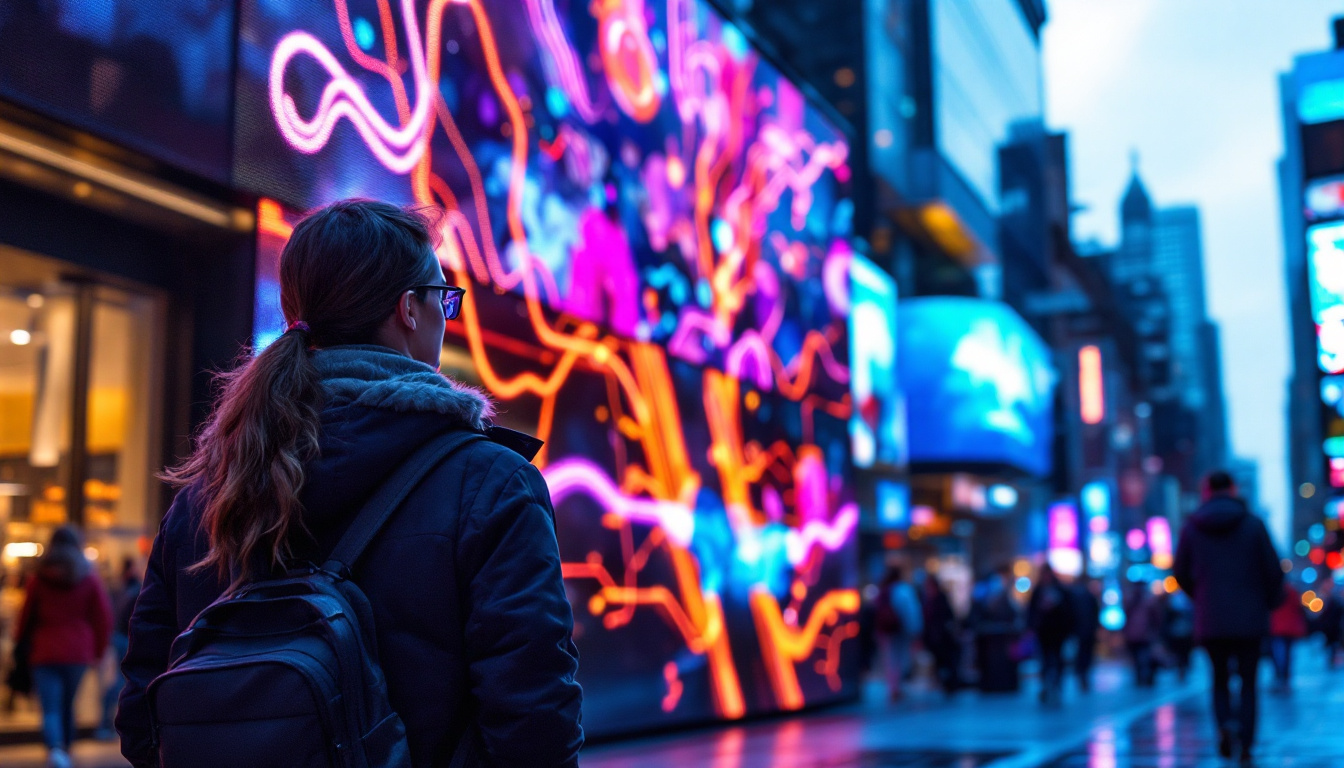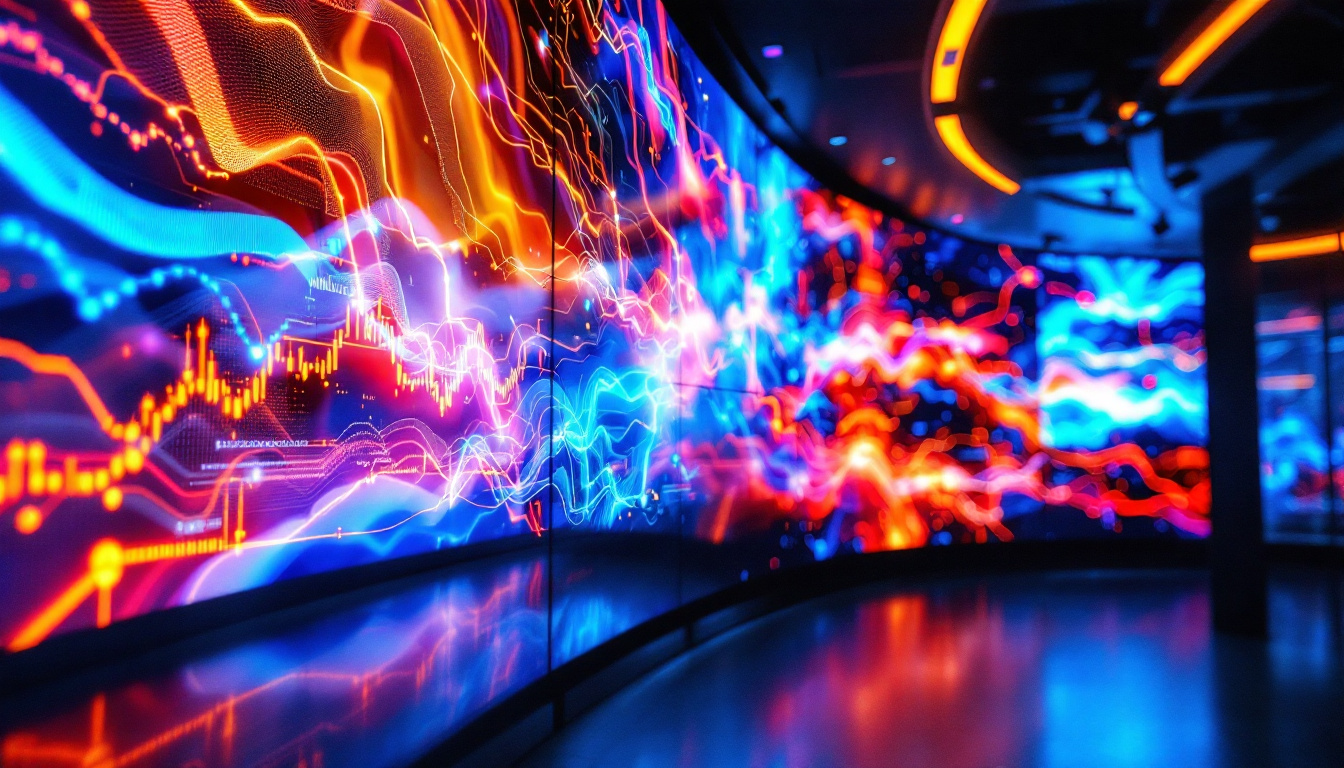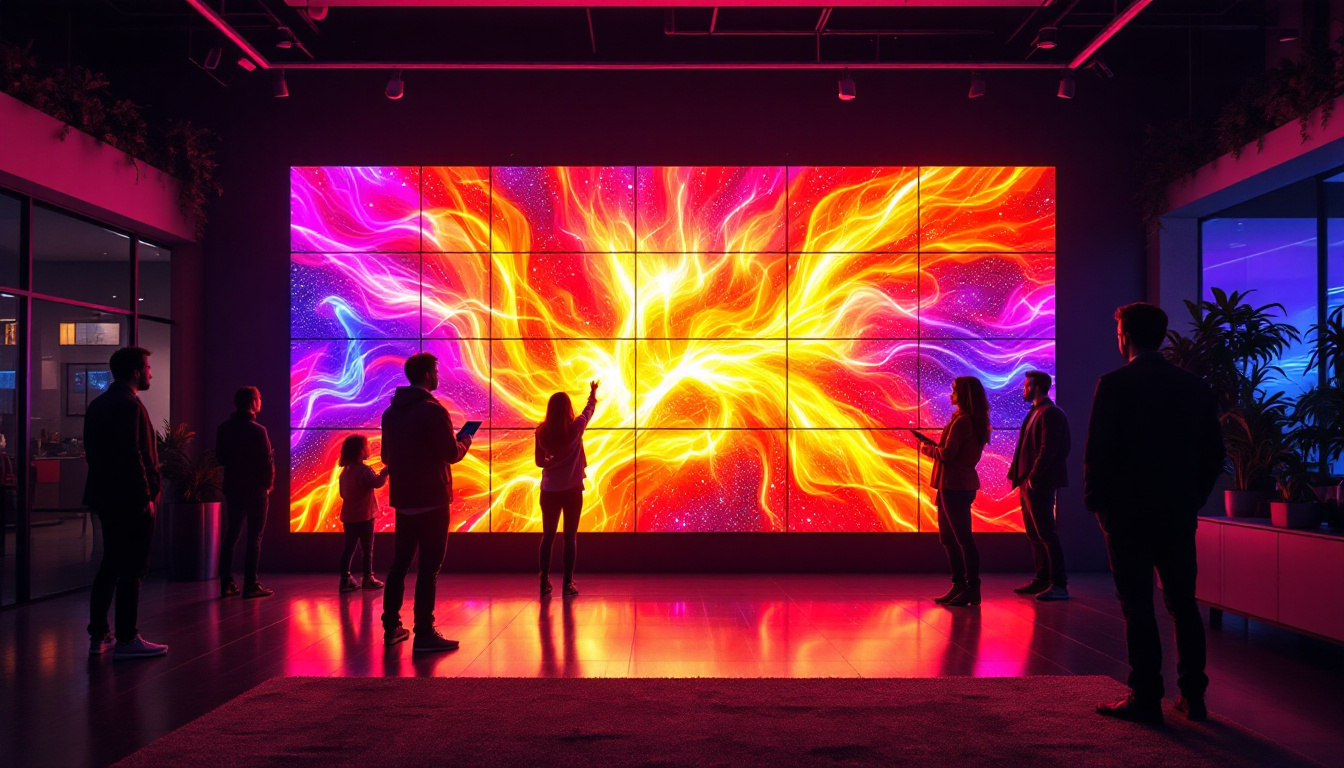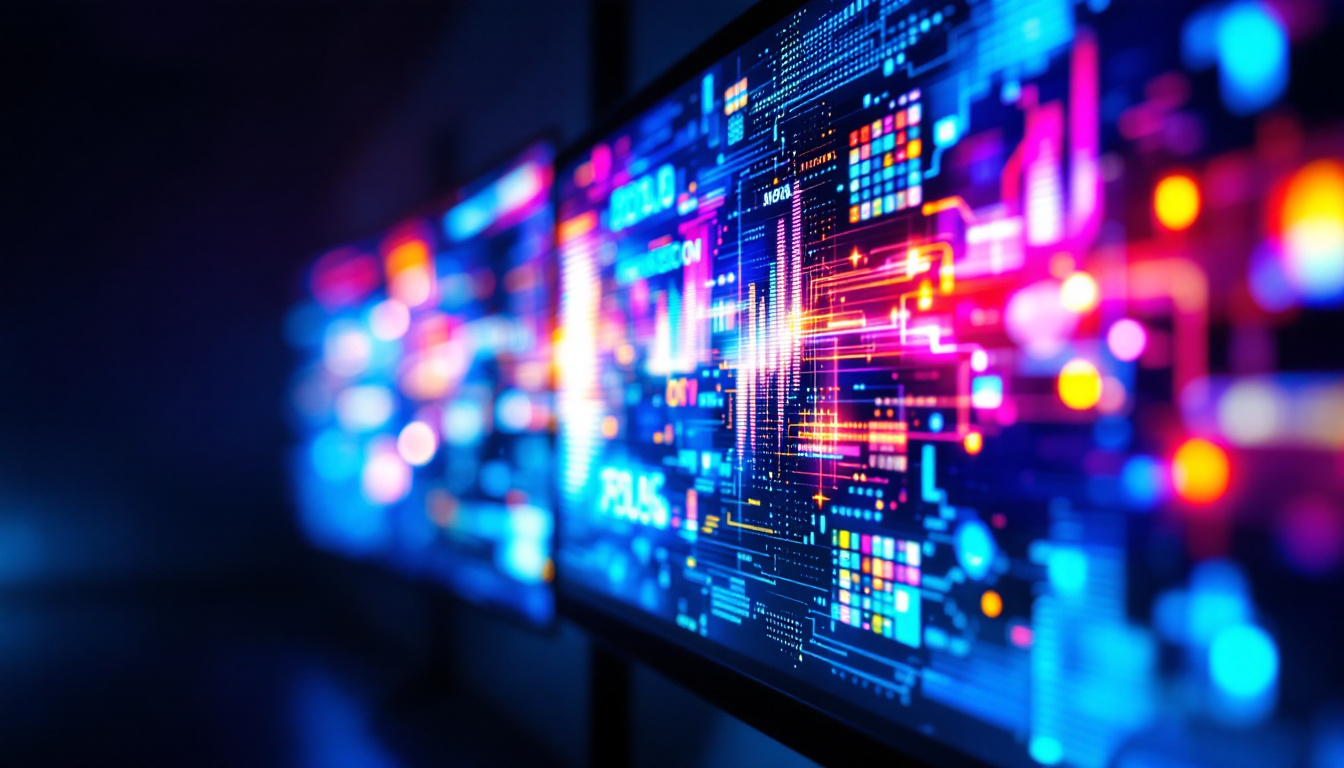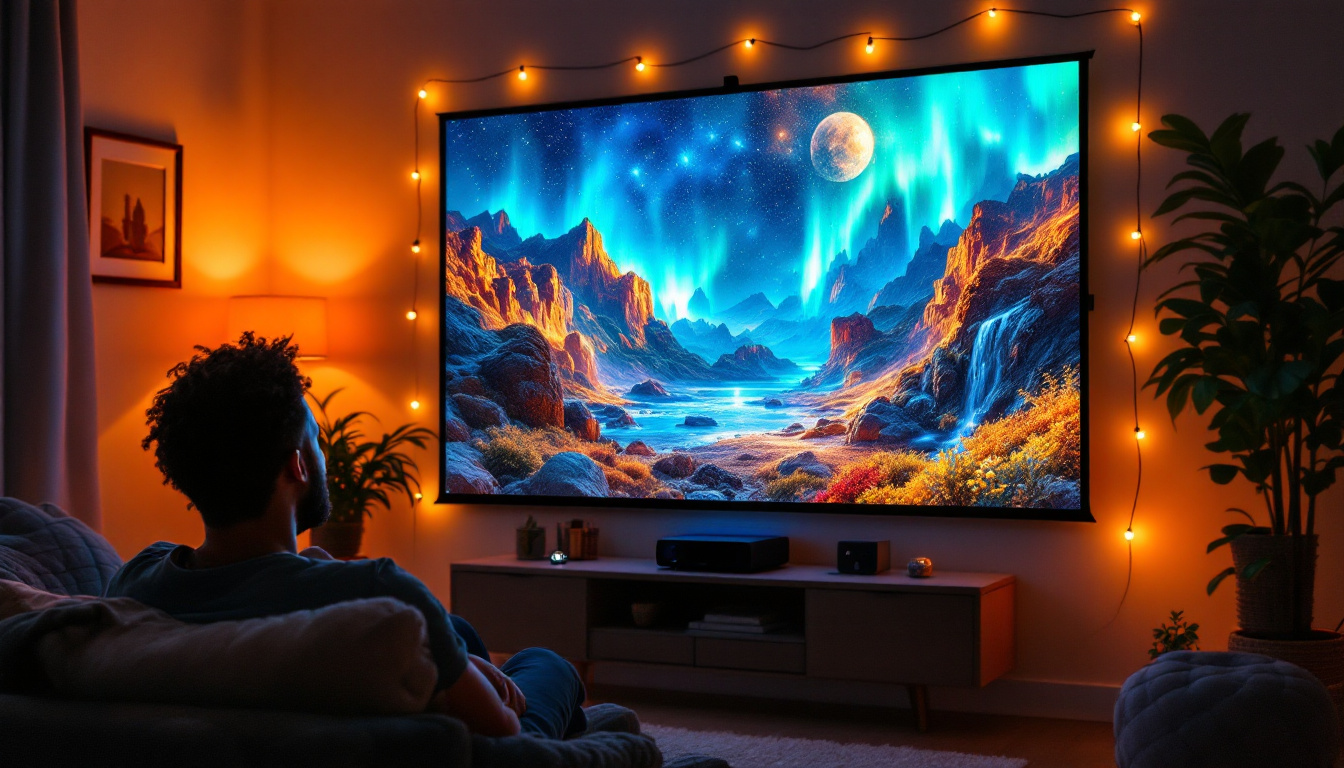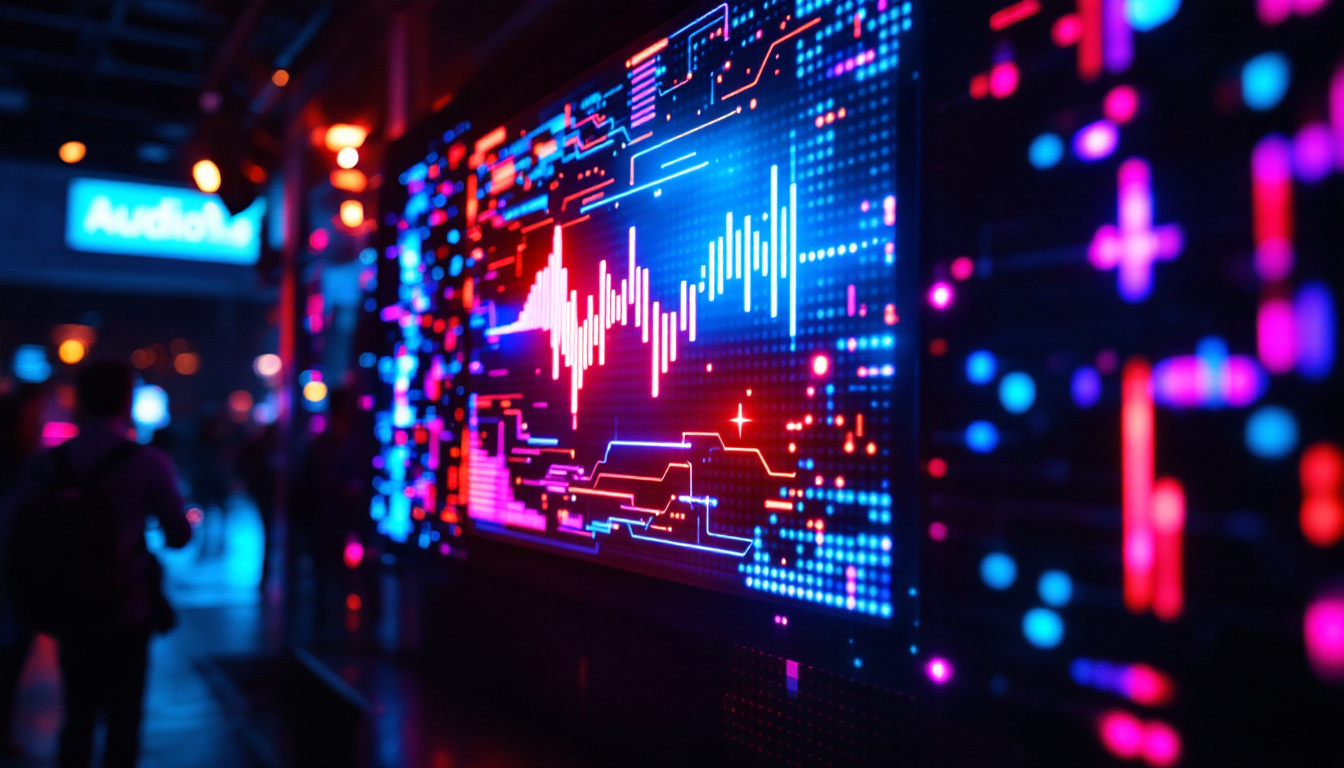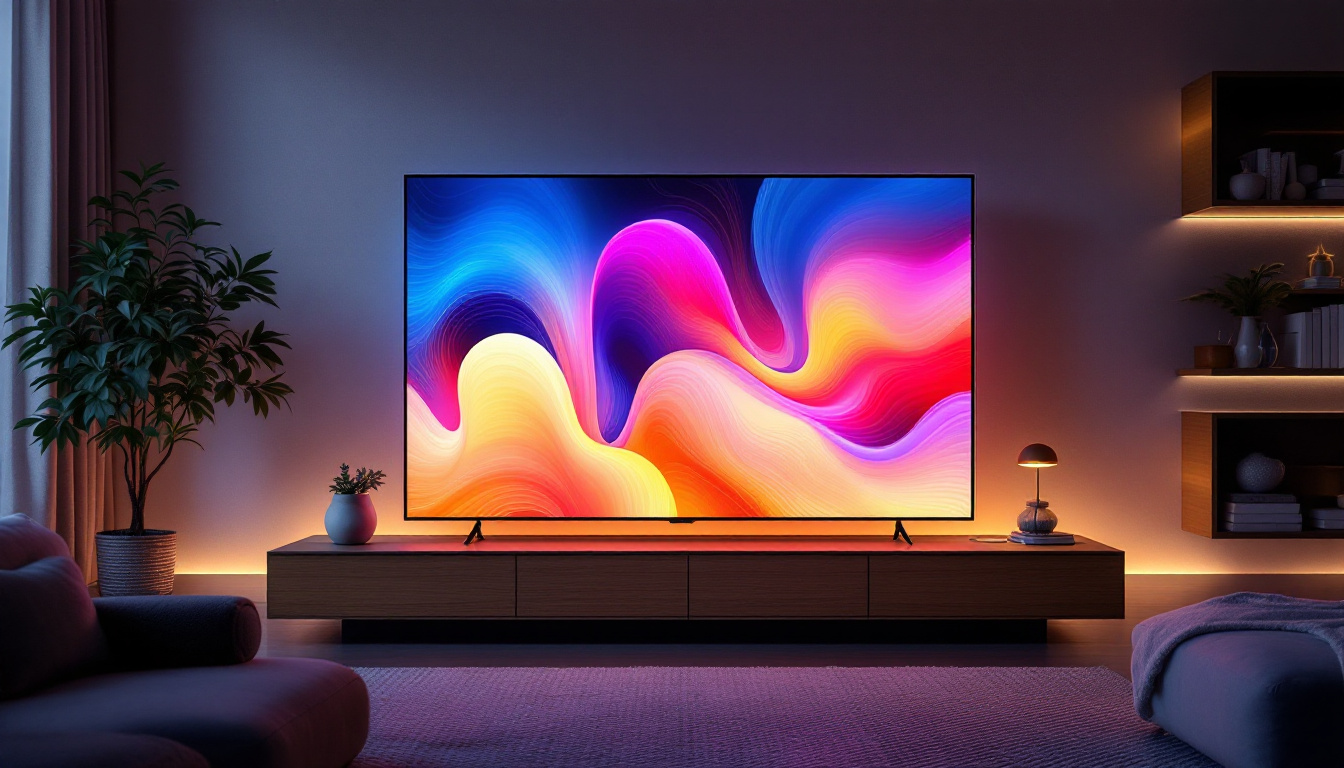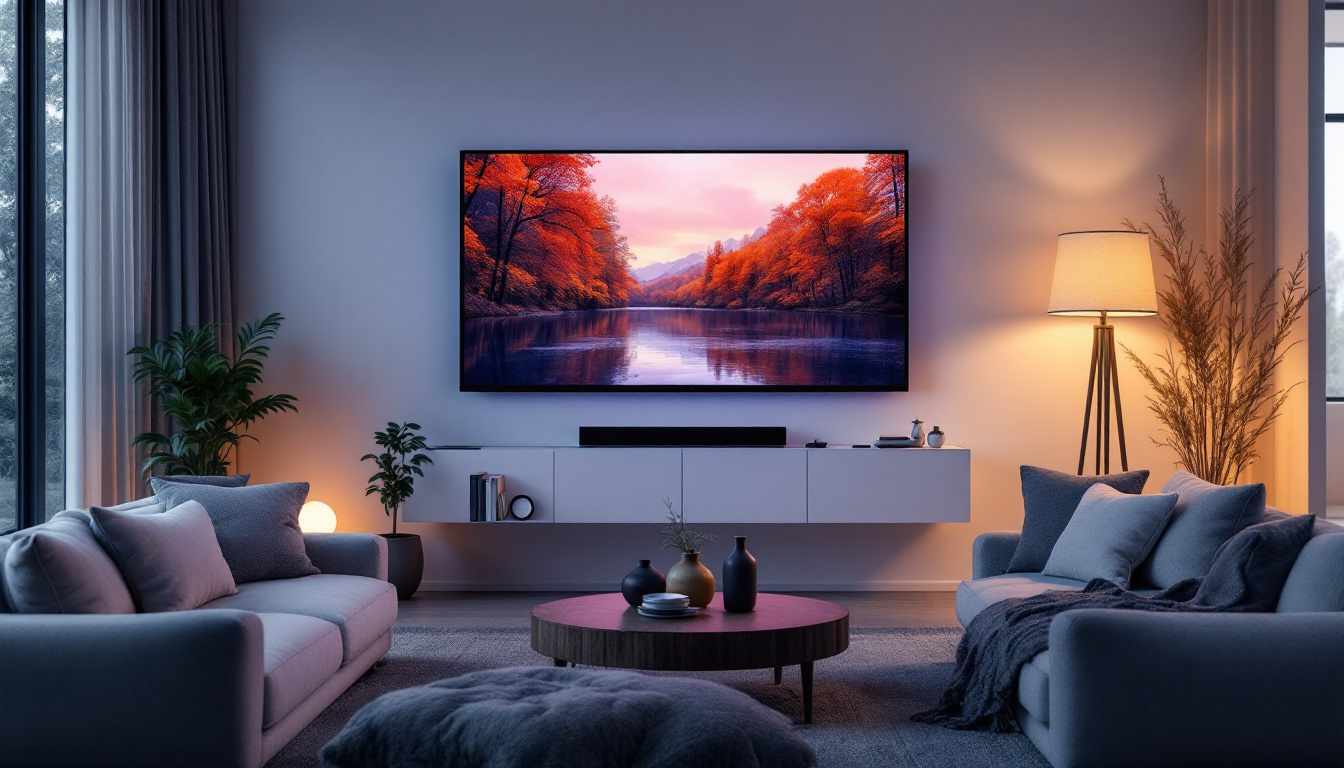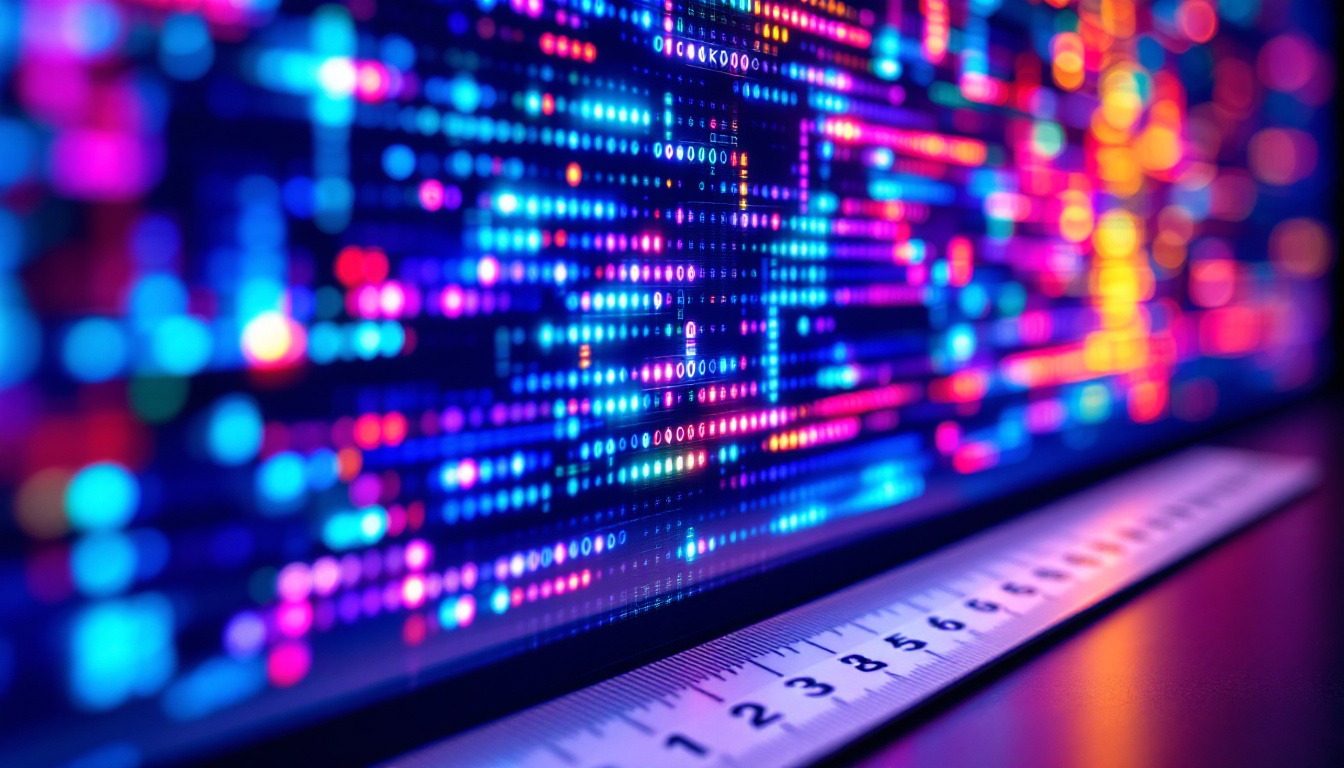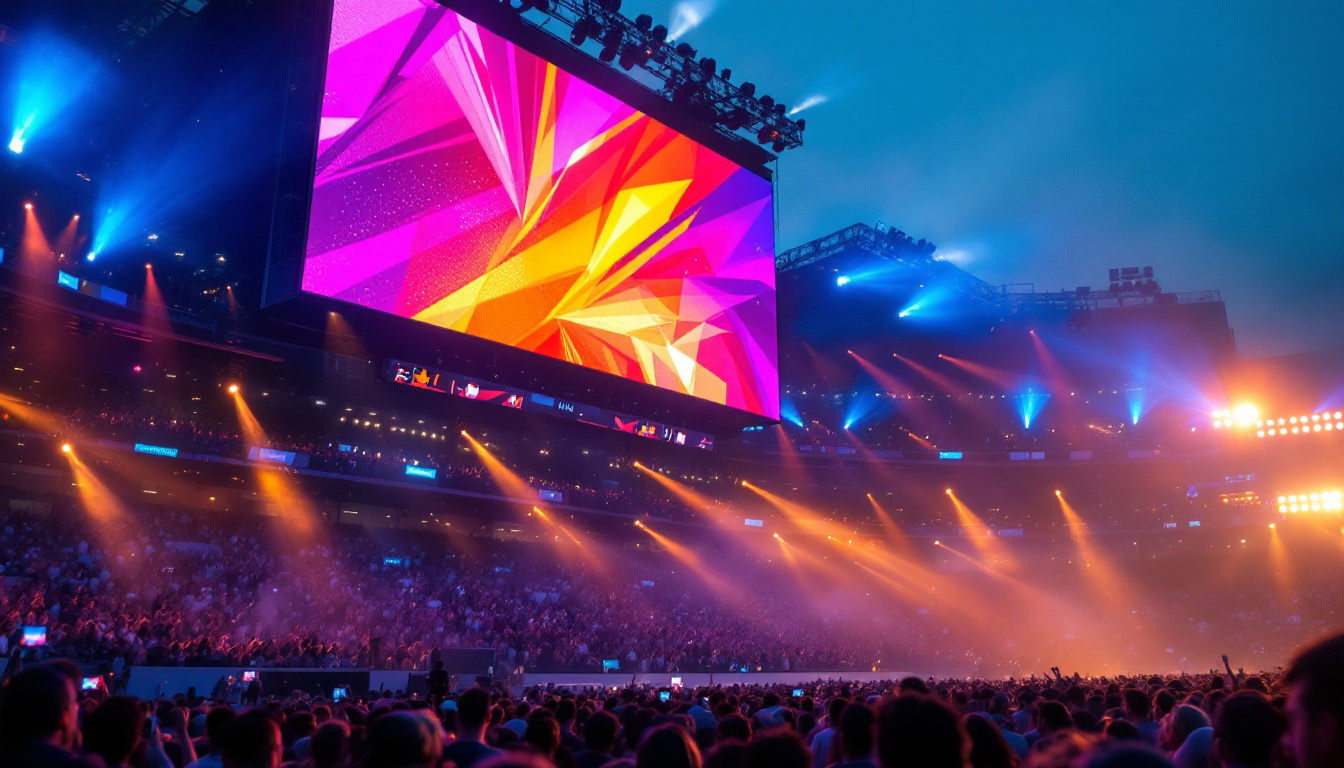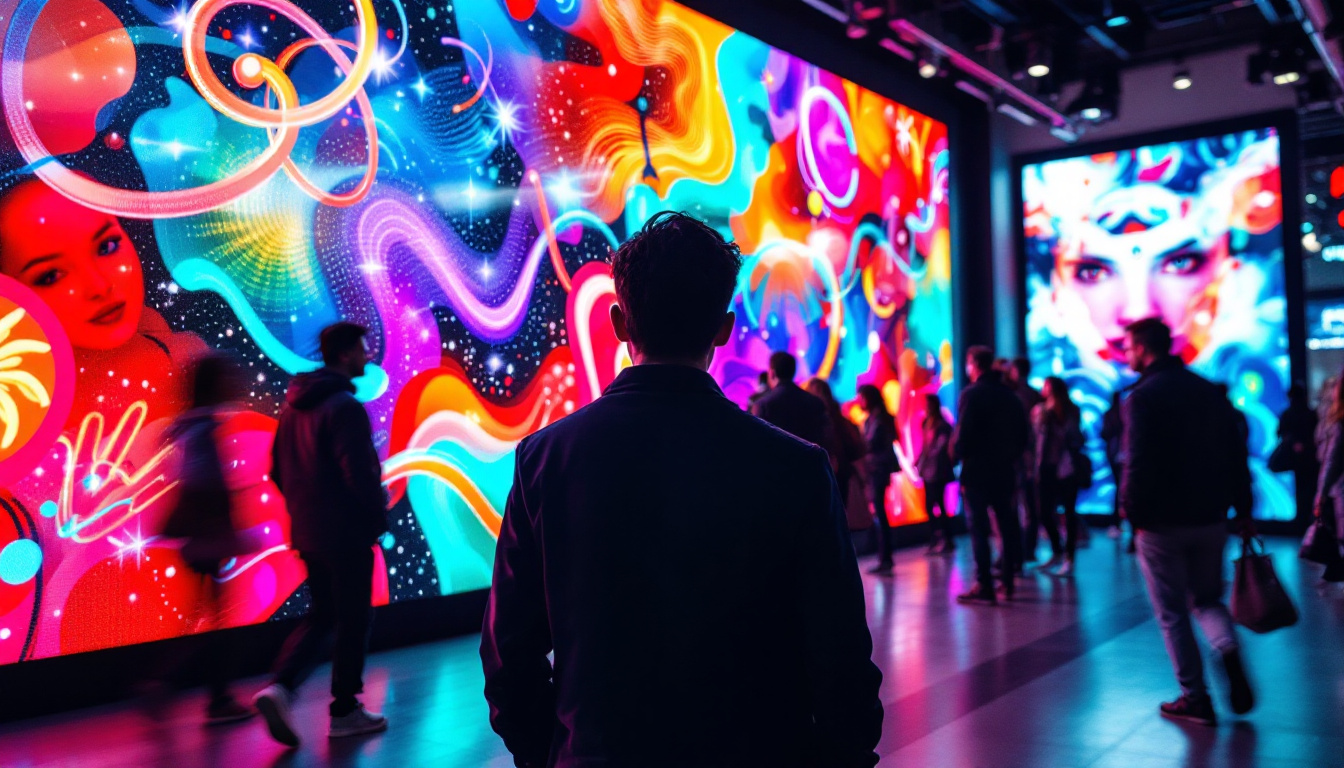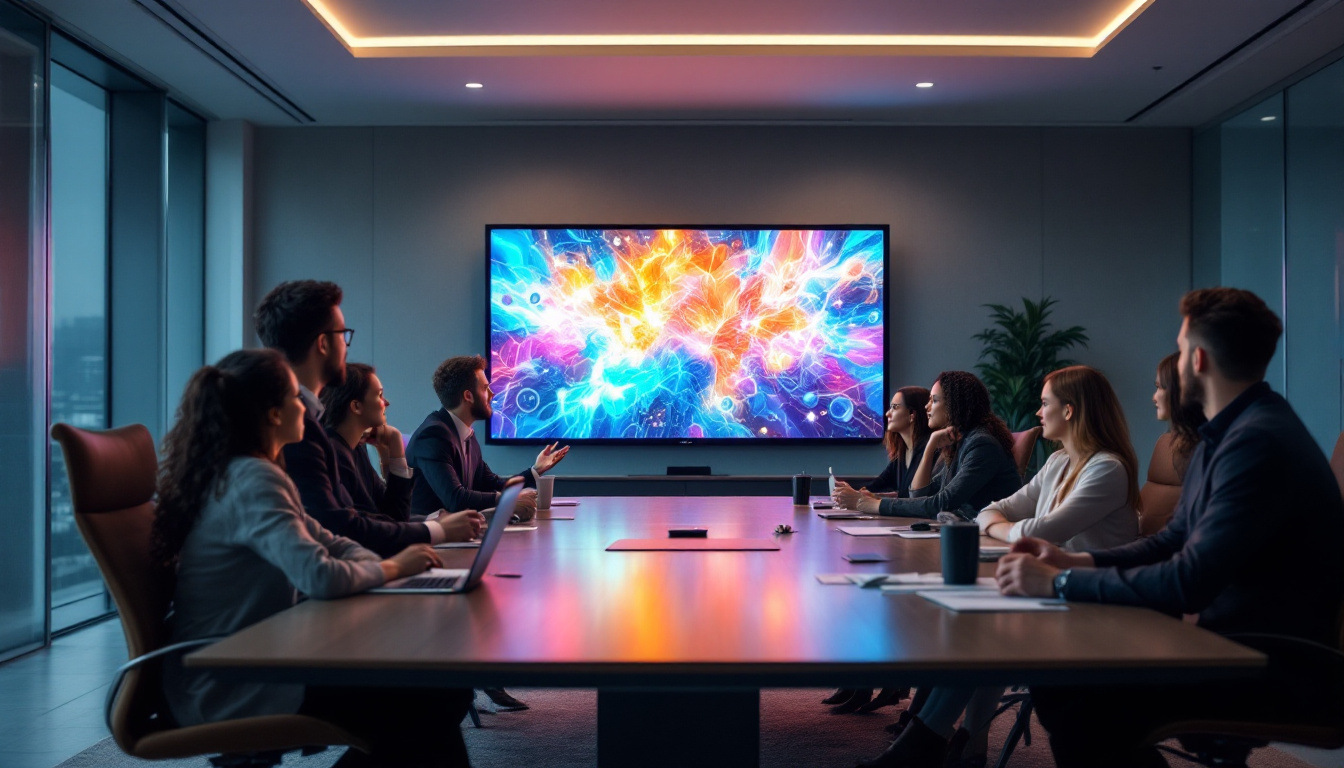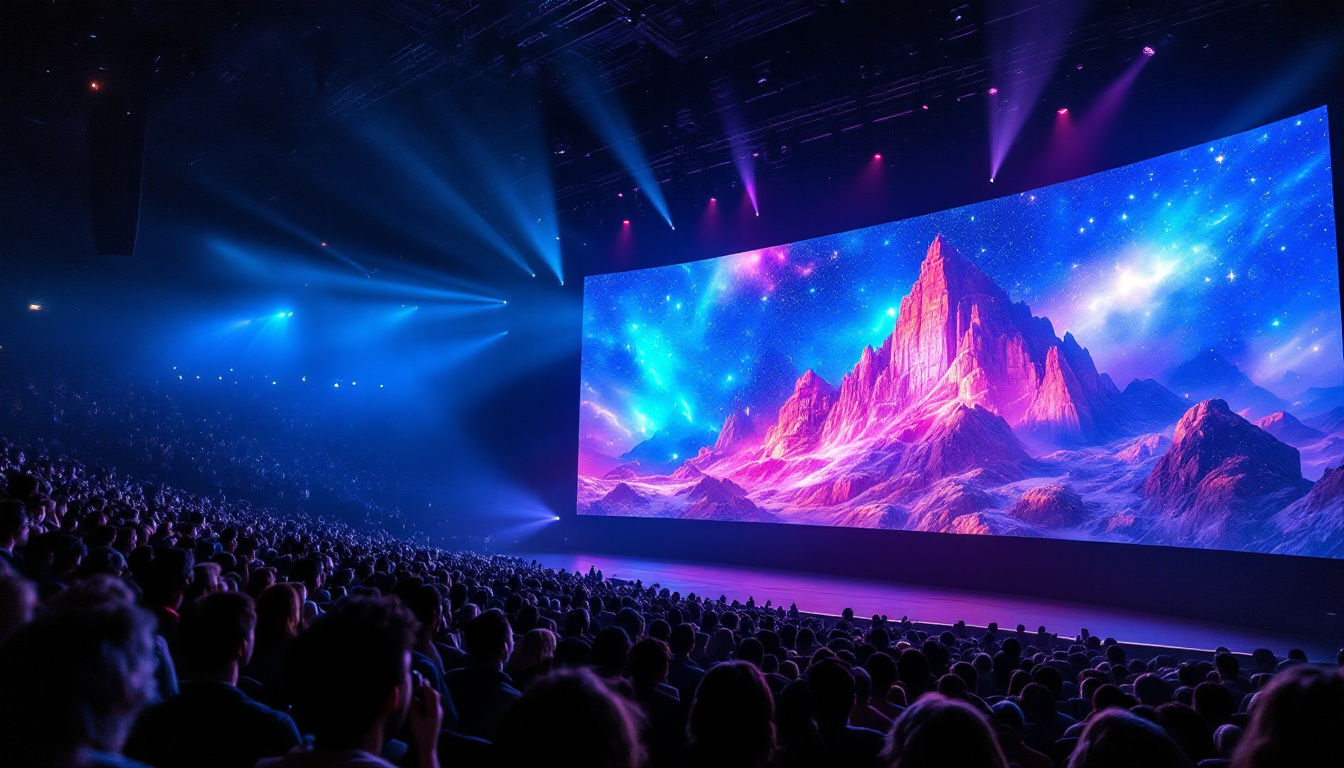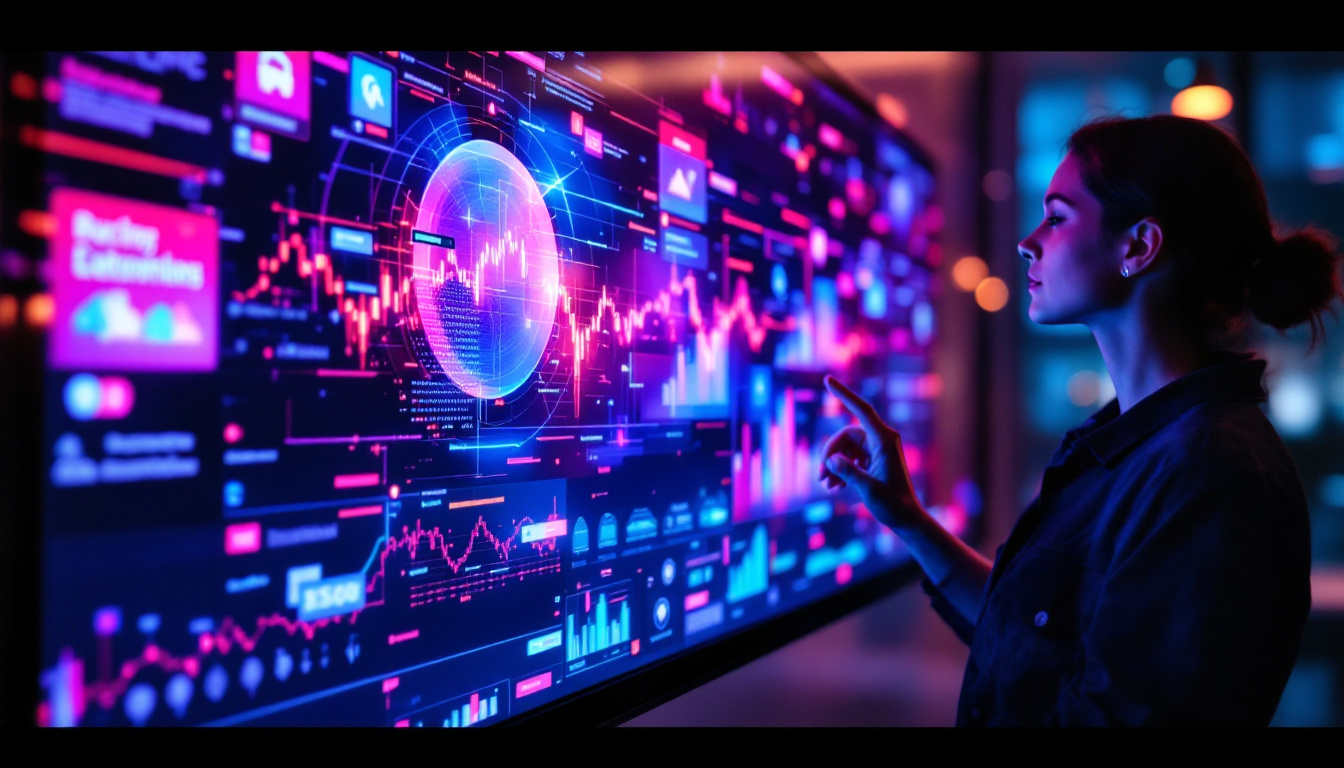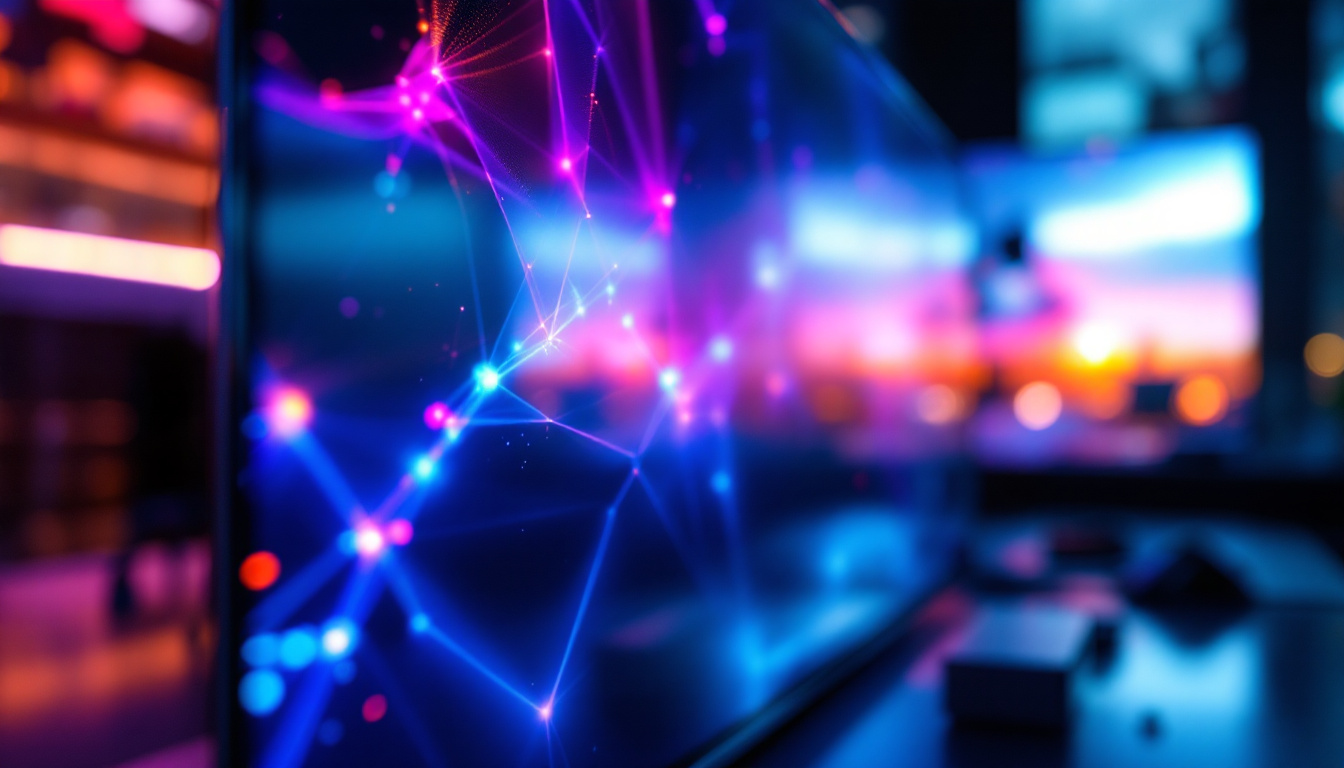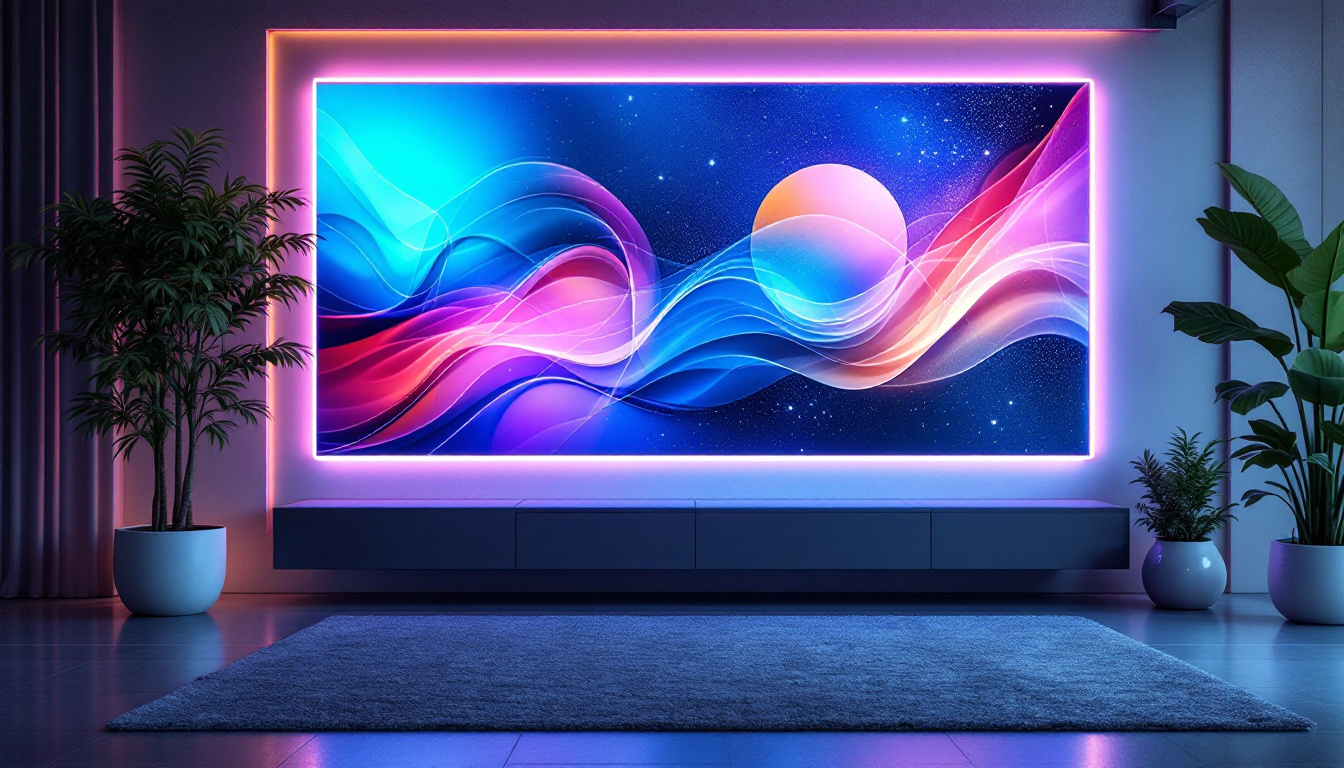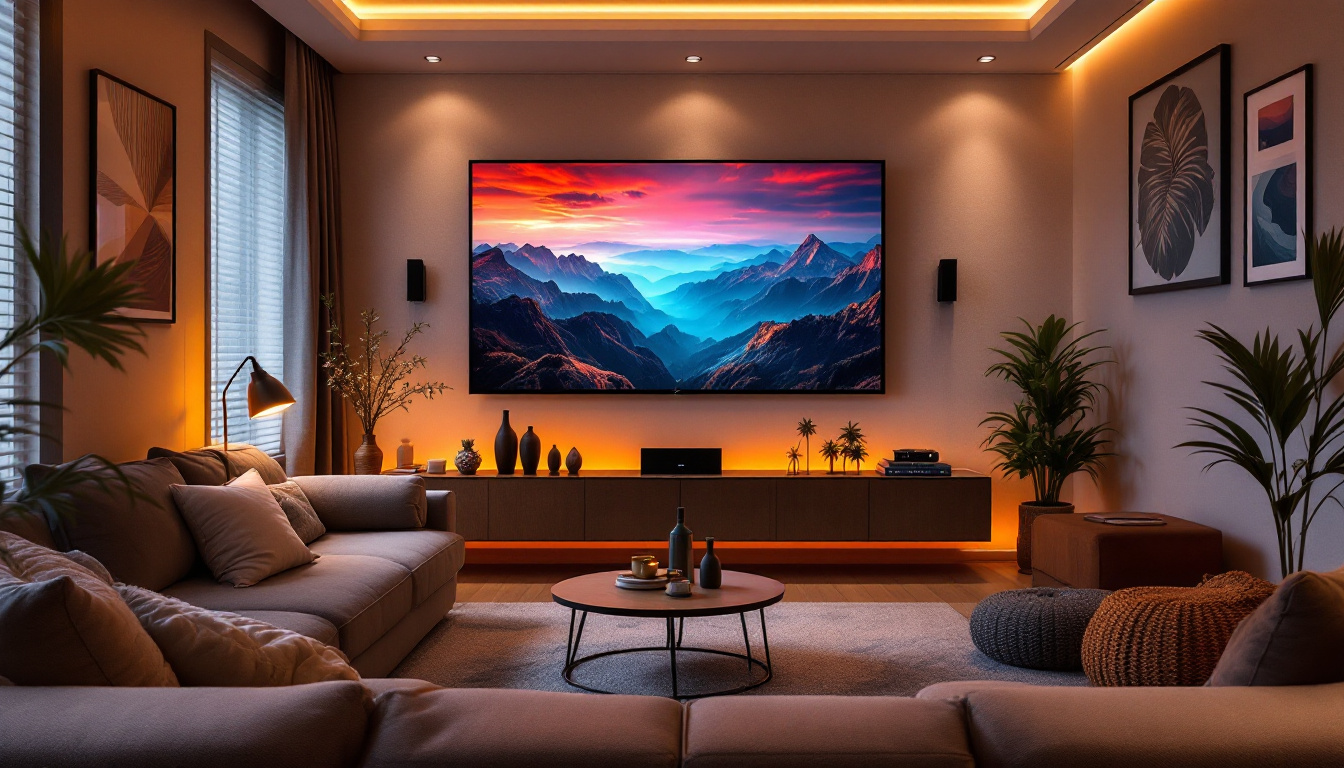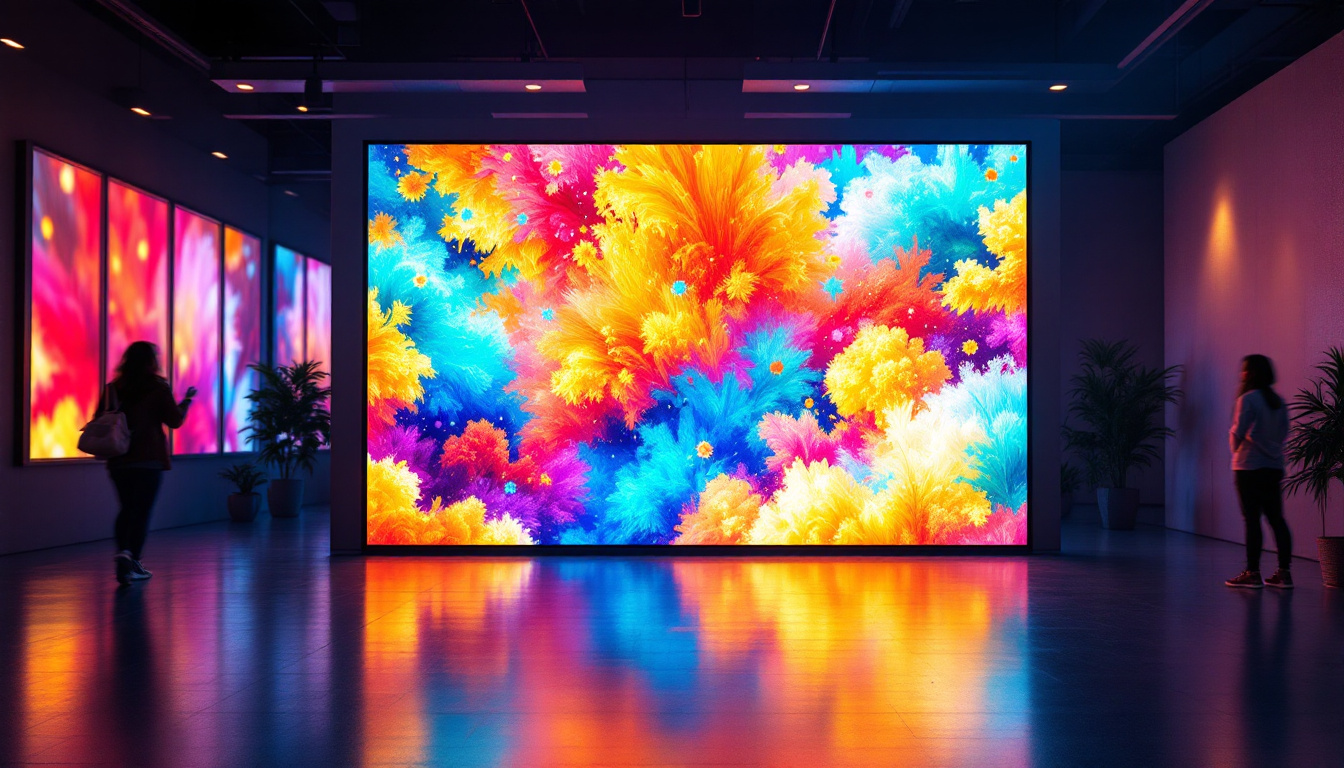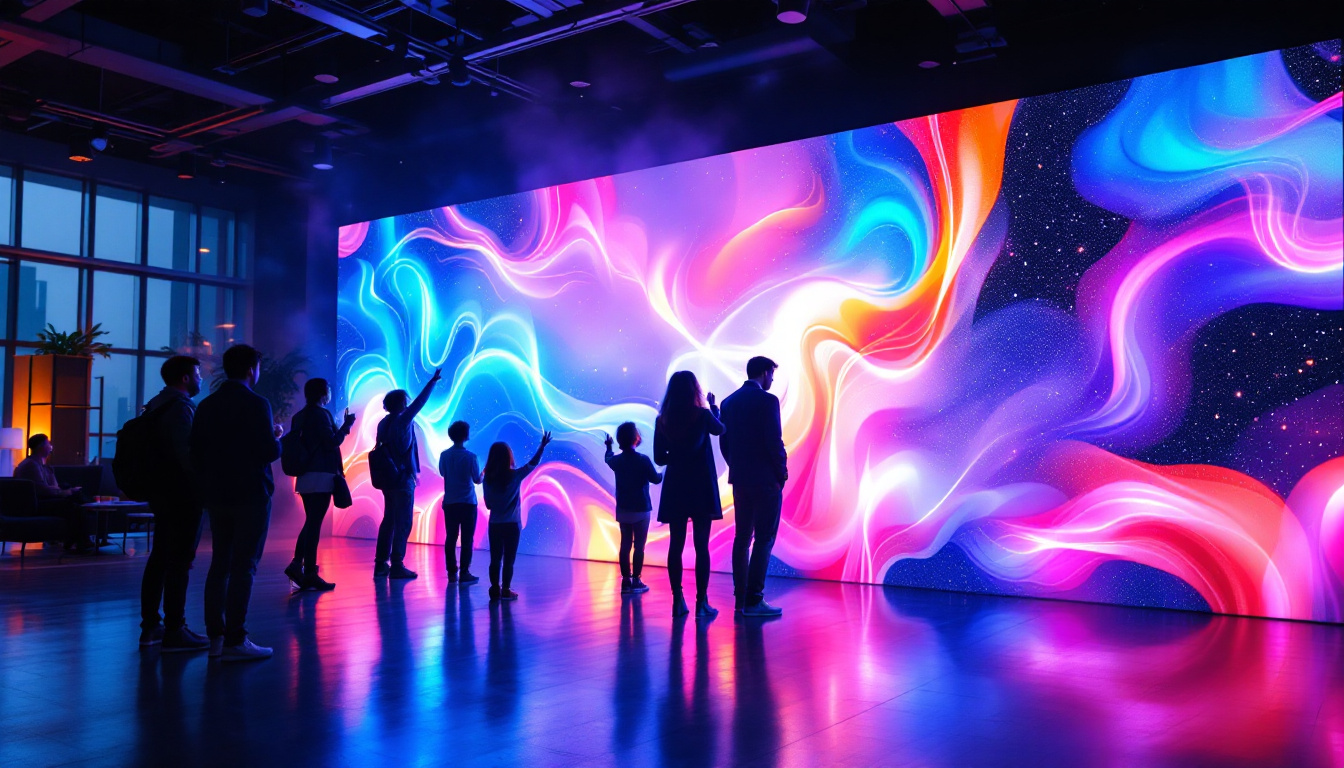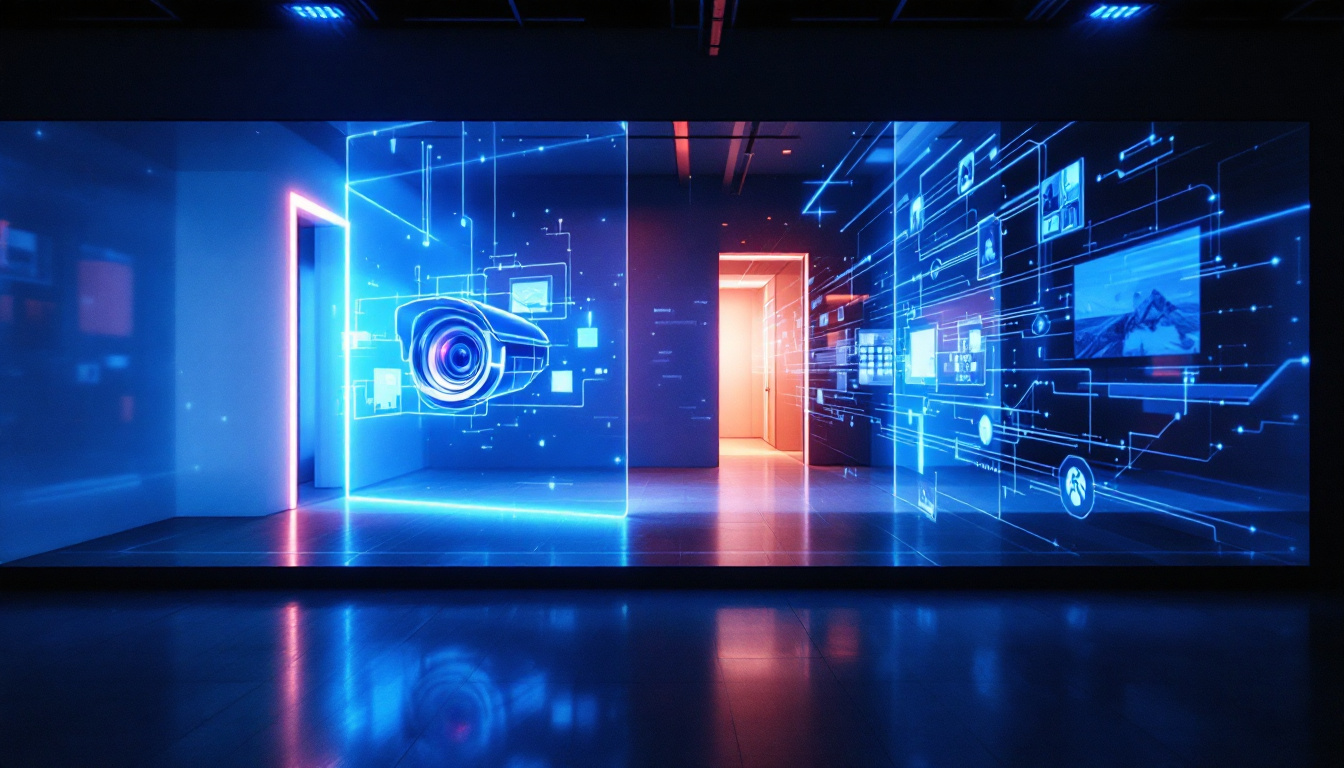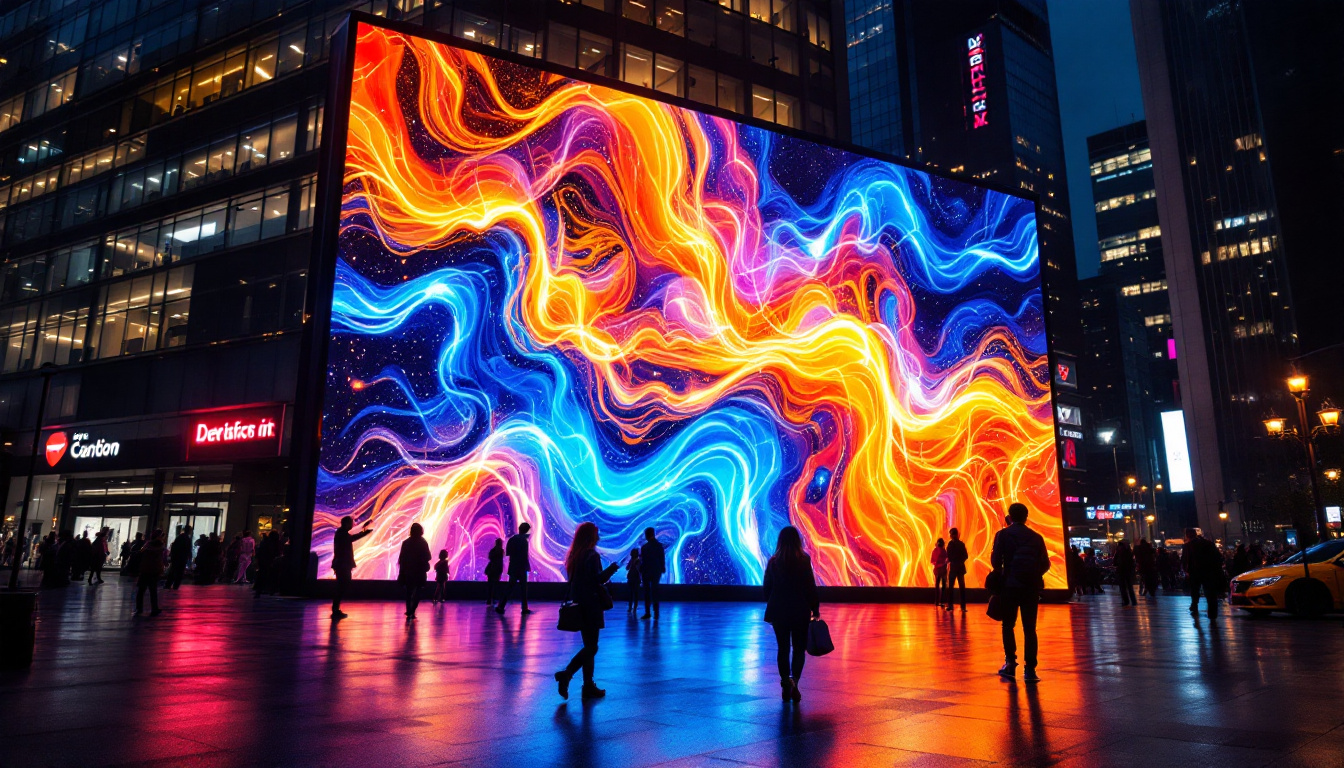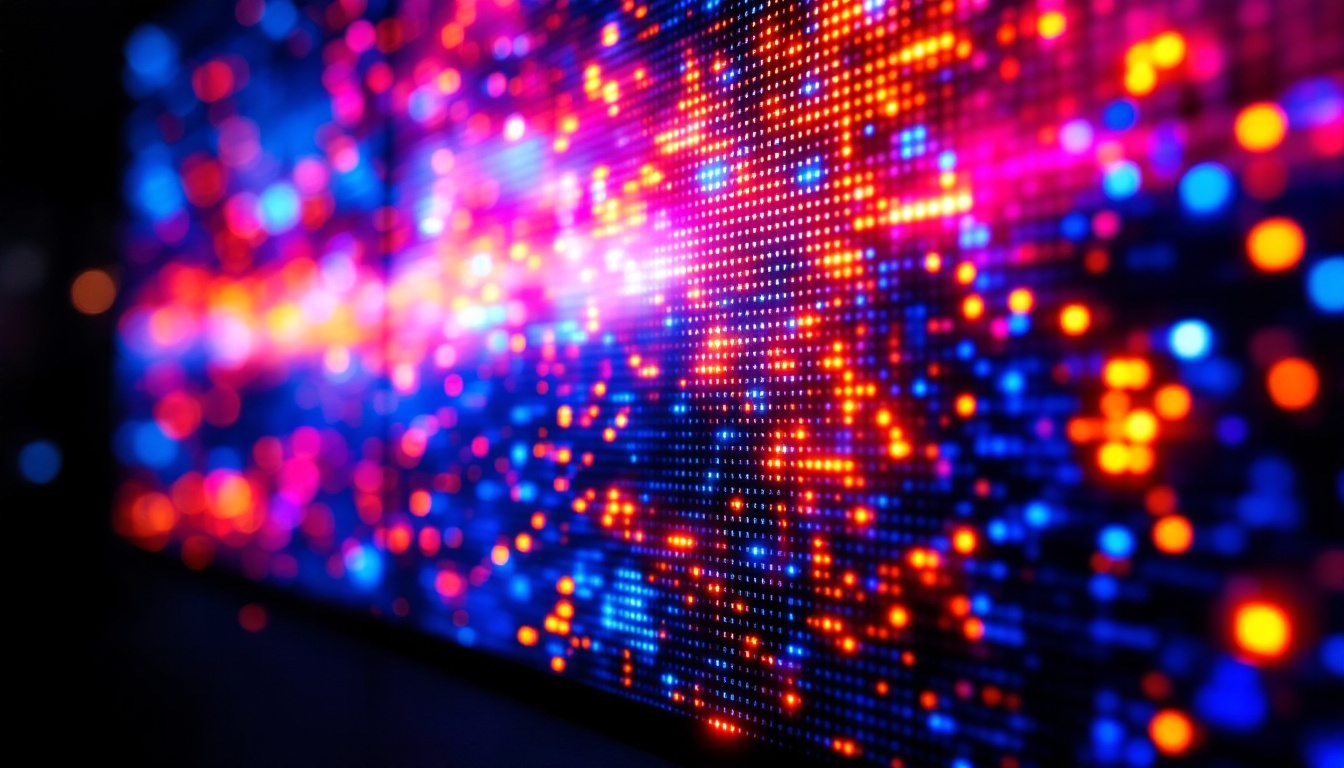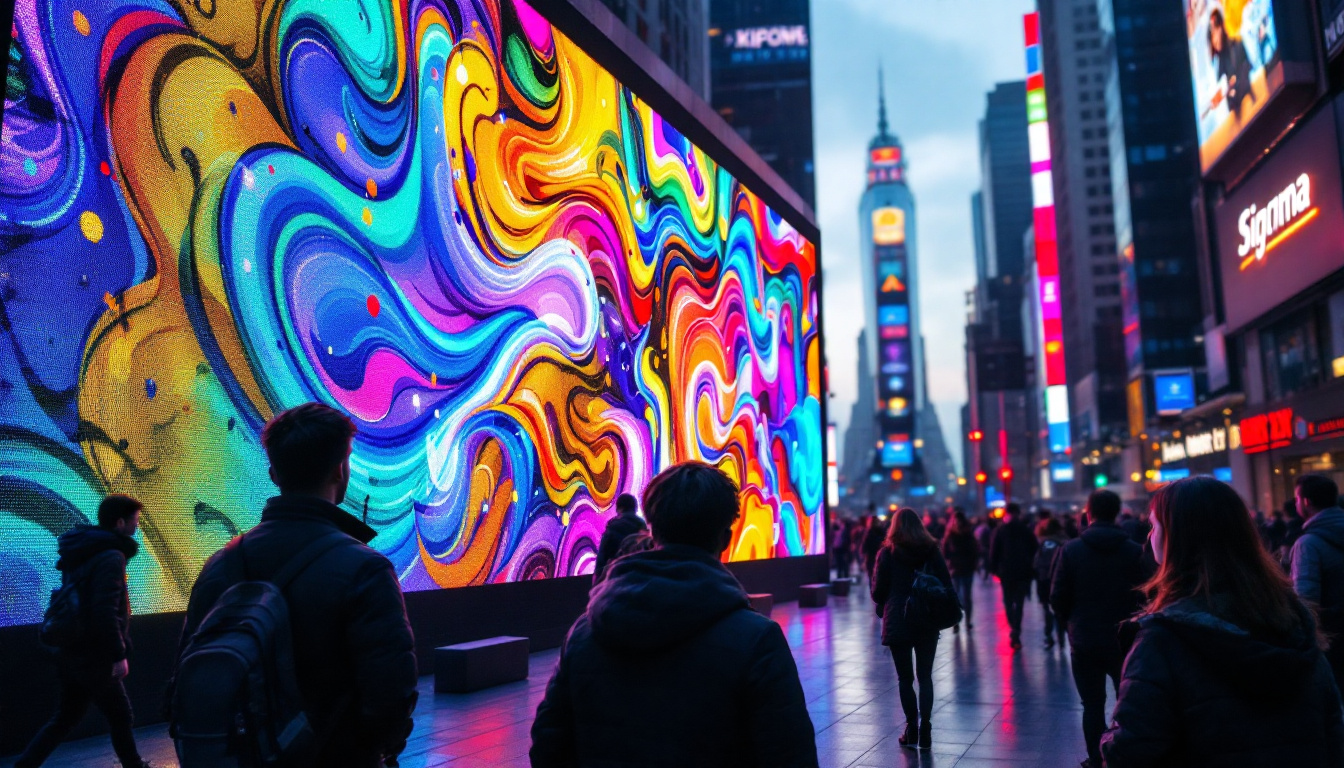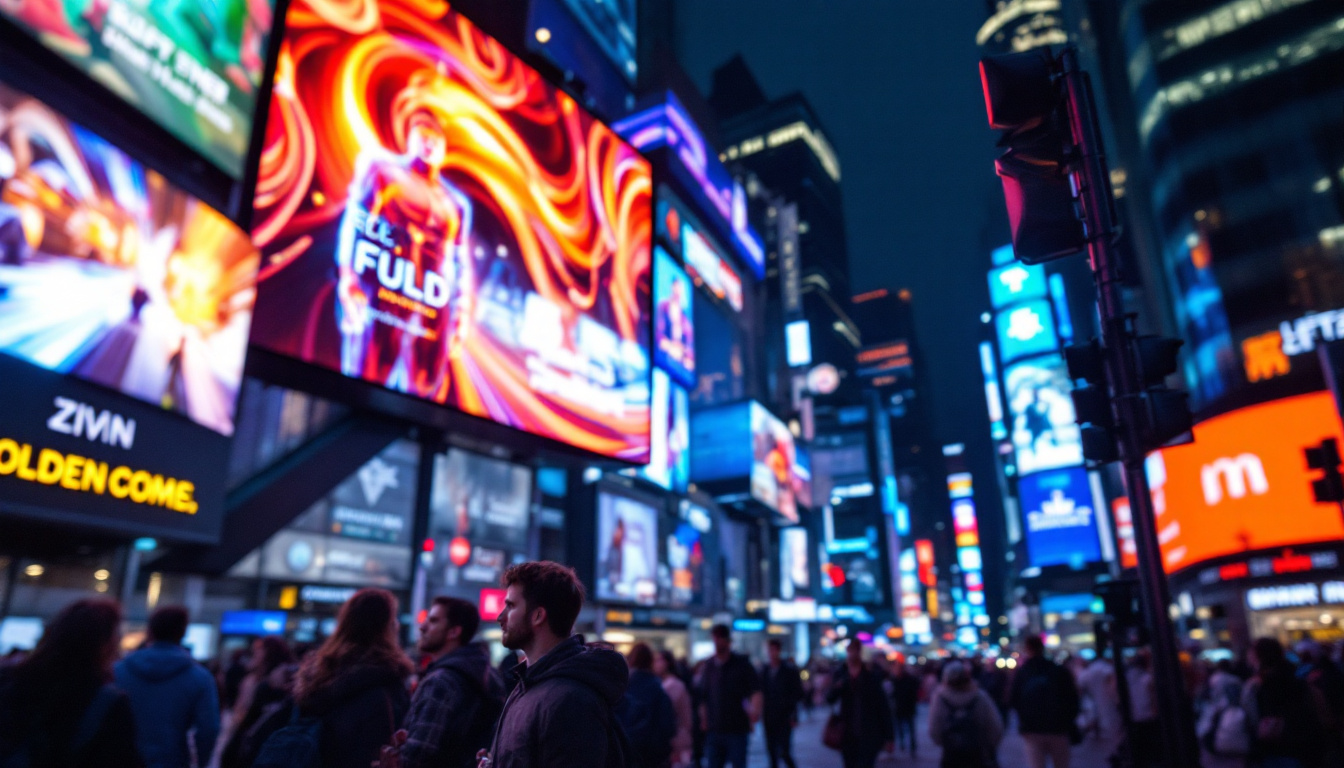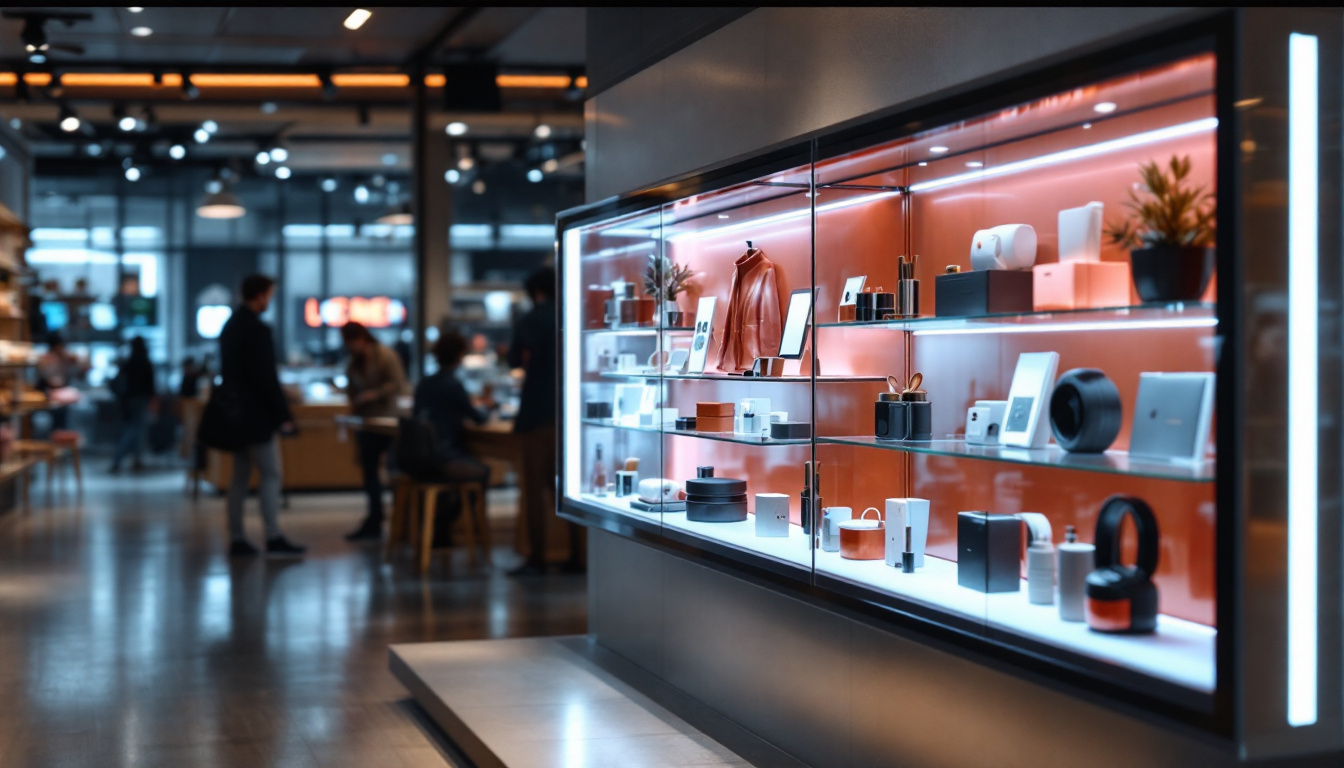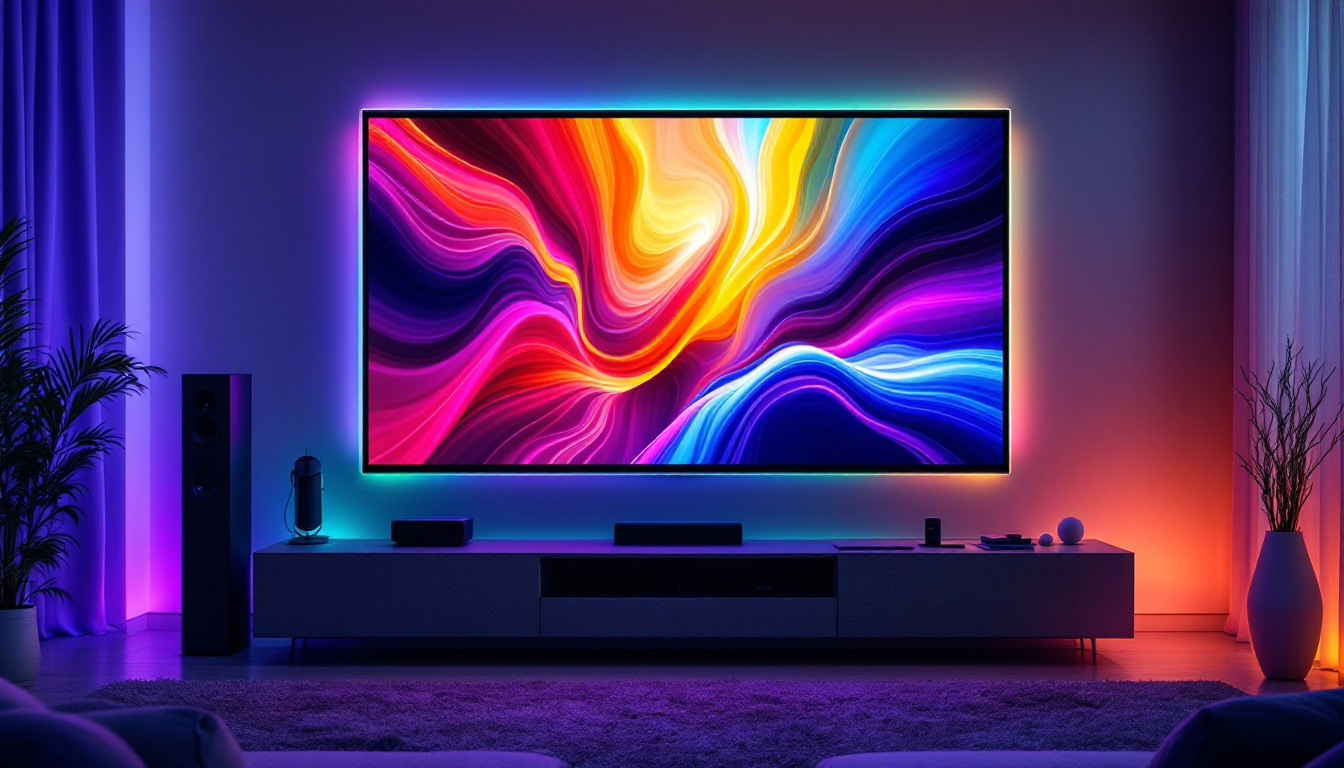In the realm of modern technology, LED displays have emerged as a transformative force across various industries. From advertising to entertainment, the versatility and efficiency of LED technology have made it a preferred choice for many applications. This article delves into the intricacies of LED displays, particularly focusing on the concept of the “Led Light Cloud,” exploring its benefits, functionalities, and the future of this innovative technology.
Understanding LED Technology
LED, or Light Emitting Diode, is a semiconductor device that emits light when an electric current passes through it. This technology has evolved significantly over the years, leading to the development of high-quality displays that offer vibrant colors, energy efficiency, and longevity. The transition from traditional incandescent bulbs to LED technology has not only transformed the lighting industry but also revolutionized how we experience visual content across various platforms.
The Basics of LED Displays
LED displays are composed of numerous tiny LED lights, which work together to create images and videos. These displays can be categorized into different types, including direct view LED, LED-backlit LCD, and OLED. Each type has its own set of advantages and applications, making it essential to understand their distinctions. For instance, while direct view LED displays are often used in large venues, OLED technology has gained popularity for its ability to produce deeper blacks and more vivid colors, thanks to its self-emissive nature.
Direct view LED displays are particularly popular for large-scale applications, such as billboards and stadium screens. They offer superior brightness and contrast, making them suitable for outdoor environments where visibility is crucial. On the other hand, LED-backlit LCDs are commonly used in televisions and computer monitors, providing a balance between performance and cost. The versatility of these displays allows them to be used in various settings, from retail environments showcasing dynamic advertisements to conference rooms equipped with high-definition presentations.
Advantages of LED Displays
One of the primary advantages of LED displays is their energy efficiency. Compared to traditional display technologies, LEDs consume significantly less power, leading to reduced operational costs. Additionally, their long lifespan—often exceeding 50,000 hours—means less frequent replacements and lower maintenance costs. This durability is particularly beneficial for businesses that rely on continuous operation, such as digital signage in airports or shopping malls, where downtime can lead to lost revenue.
Moreover, LED displays are known for their exceptional brightness and color accuracy. This makes them ideal for various environments, from dimly lit rooms to bright outdoor settings. The ability to produce a wide range of colors enhances the visual experience, making LED displays a favorite among content creators and advertisers alike. Furthermore, advancements in LED technology have led to innovations such as HDR (High Dynamic Range) capabilities, which allow for an even wider contrast ratio and more lifelike images, captivating audiences in ways that were previously unimaginable. As the technology continues to evolve, we can expect even more exciting developments in the realm of LED displays, further enhancing our visual experiences in everyday life.
The Concept of Led Light Cloud
The term “Led Light Cloud” refers to a networked system of LED displays that can be controlled and managed remotely. This innovative concept is revolutionizing how businesses and organizations utilize LED technology, allowing for dynamic content delivery and real-time updates.
What is Led Light Cloud?
Led Light Cloud is essentially a cloud-based platform that connects multiple LED displays, enabling centralized control and management. This system allows users to update content across various displays simultaneously, ensuring consistency and efficiency in messaging. Whether for advertising campaigns, information dissemination, or entertainment, the Led Light Cloud offers unparalleled flexibility.
This technology is particularly beneficial for large organizations with multiple locations. For instance, a retail chain can manage all its digital signage from a single interface, allowing for quick changes to promotions or announcements without the need for physical intervention at each site.
Features of Led Light Cloud
The Led Light Cloud platform comes equipped with a range of features designed to enhance user experience and operational efficiency. One of the standout features is real-time content updates, which allow businesses to respond quickly to changing circumstances or promotional opportunities.
Additionally, the platform often includes analytics tools that provide insights into viewer engagement and display performance. This data can be invaluable for refining marketing strategies and improving overall effectiveness. The ability to schedule content in advance also adds to the convenience, enabling users to plan campaigns without constant oversight.
Applications of LED Displays
LED displays have found applications across various sectors, each leveraging the technology’s unique advantages to meet specific needs. From advertising to transportation, the versatility of LED displays is evident in their widespread use.
Advertising and Marketing
In the advertising industry, LED displays have become a staple for captivating audiences. Digital billboards and signage can display vibrant advertisements that grab attention and convey messages effectively. The dynamic nature of LED displays allows for rotating ads, ensuring that multiple messages can be showcased in a single location.
Moreover, the ability to integrate with social media and real-time data feeds enhances the relevance of advertisements. For example, a display can show live social media posts or current weather conditions, making the content more engaging and timely.
Transportation and Wayfinding
LED displays are increasingly used in transportation systems for wayfinding and information dissemination. Airports, train stations, and bus terminals utilize LED screens to provide real-time updates on arrivals, departures, and delays. This enhances the passenger experience by keeping travelers informed and reducing confusion.
Additionally, LED displays are employed in traffic management systems, providing drivers with crucial information about road conditions, accidents, and detours. This real-time data helps improve safety and efficiency on the roads.
Entertainment and Events
In the entertainment sector, LED displays play a pivotal role in live events, concerts, and festivals. Large-scale LED screens are often used as backdrops for performances, creating immersive experiences for audiences. The ability to display high-definition visuals and animations enhances the overall atmosphere of events.
Furthermore, LED technology is also utilized in sports arenas, where it provides instant replays, player statistics, and engaging graphics. This not only enhances the spectator experience but also contributes to the overall excitement of the event.
Challenges and Considerations
Despite the numerous advantages of LED displays, there are challenges and considerations that potential users should be aware of. Understanding these factors can help in making informed decisions regarding the implementation of LED technology.
Cost Implications
While LED displays offer long-term savings due to their energy efficiency and durability, the initial investment can be significant. High-quality LED screens, especially those designed for outdoor use, can come with a hefty price tag. Organizations must weigh the upfront costs against the potential benefits to determine if the investment aligns with their goals.
Additionally, ongoing maintenance and potential upgrades should be factored into the budget. Regular servicing is essential to ensure optimal performance and longevity of the displays.
Environmental Impact
As with any technology, the environmental impact of LED displays is a consideration. While LEDs are more energy-efficient than traditional lighting, the production and disposal of electronic components can contribute to electronic waste. Organizations should seek sustainable practices, such as recycling old displays and using energy-efficient power sources.
Furthermore, the brightness of LED displays can contribute to light pollution, particularly in urban areas. Proper placement and dimming capabilities can help mitigate this issue, ensuring that displays are effective without being disruptive to the surrounding environment.
The Future of LED Displays
The future of LED displays looks promising, with ongoing advancements in technology and applications. As the demand for dynamic and engaging content continues to rise, innovations in LED technology are expected to follow suit.
Emerging Technologies
One of the most exciting developments in LED technology is the integration of artificial intelligence (AI) and machine learning. These technologies can enhance the functionality of LED displays by enabling personalized content delivery based on viewer preferences and behaviors. This level of customization can significantly improve engagement and effectiveness in advertising and communications.
Additionally, advancements in flexible and transparent LED technology are paving the way for new applications. Flexible LED displays can be used in unconventional shapes and surfaces, while transparent displays offer the potential for innovative advertising solutions without obstructing views.
Integration with Smart Cities
As cities become smarter, the role of LED displays will likely expand. Integration with IoT (Internet of Things) devices can enable real-time data sharing and communication between displays and other city infrastructure. This could lead to more efficient traffic management, enhanced public safety, and improved citizen engagement.
Moreover, the use of renewable energy sources to power LED displays can further enhance their sustainability, making them a vital component of future urban landscapes.
Conclusion
LED displays, particularly through the innovative concept of the Led Light Cloud, are reshaping the way information is communicated and experienced. With their numerous advantages, from energy efficiency to vibrant visuals, LED technology is set to play a pivotal role in various industries for years to come.
As businesses and organizations continue to explore the potential of LED displays, understanding their applications, benefits, and challenges will be crucial. By embracing this technology, stakeholders can enhance their communication strategies, engage audiences more effectively, and contribute to a more sustainable future.
The evolution of LED displays is just beginning, and the possibilities are as limitless as the technology itself. As innovations continue to emerge, staying informed and adaptable will be key to harnessing the full potential of LED technology.
Discover the Future of Visual Engagement with LumenMatrix
Ready to elevate your visual communication and captivate your audience like never before? Explore LumenMatrix’s comprehensive range of LED display solutions, from Indoor and Outdoor LED Walls to innovative Transparent Displays. Our cutting-edge technology is designed to revolutionize your brand’s presence and deliver your message with unparalleled clarity and impact. Check out LumenMatrix LED Display Solutions today and join the forefront of digital signage innovation.

